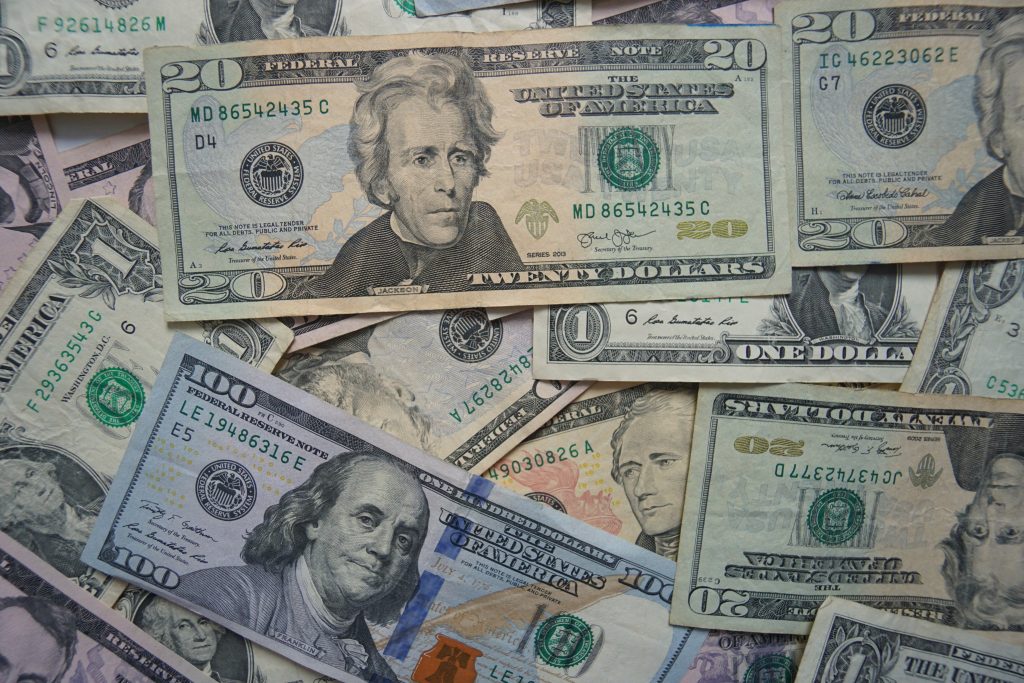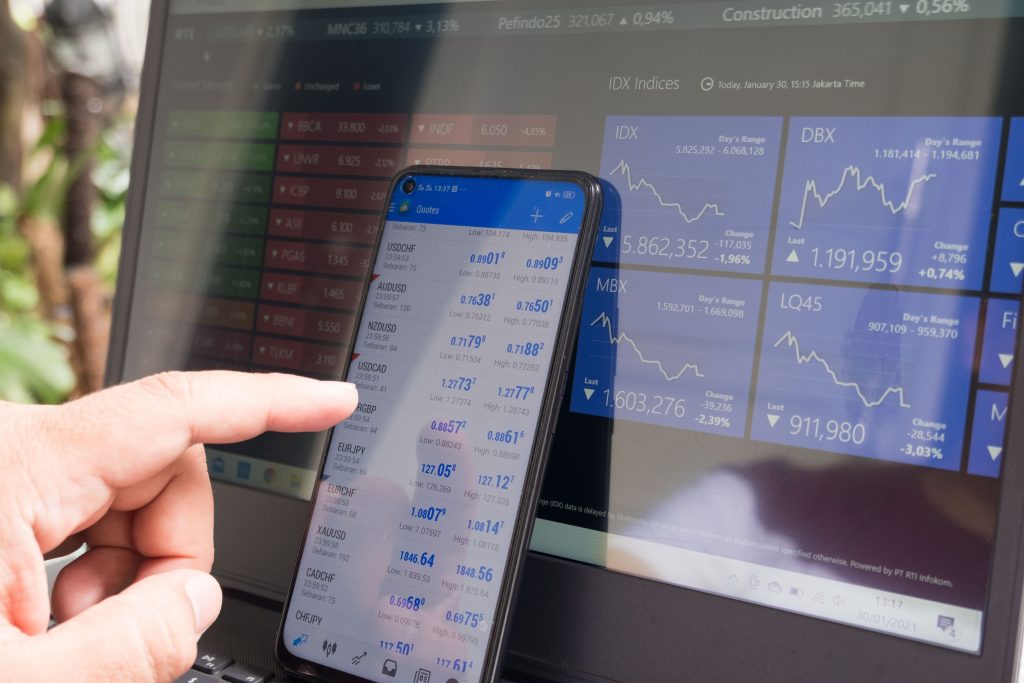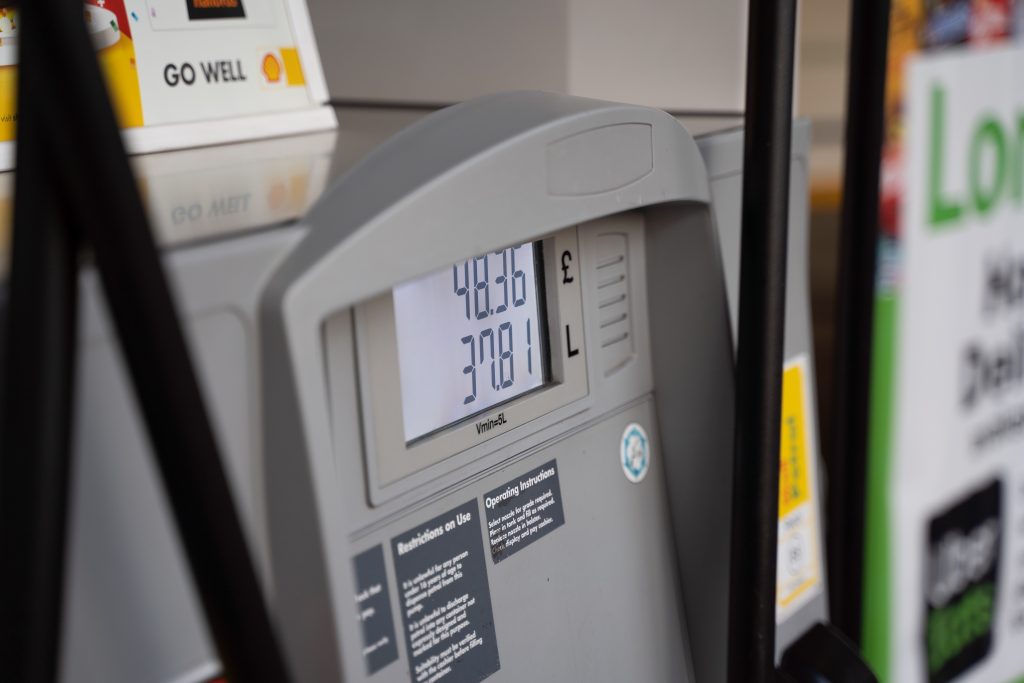Hyperinflation is not common, but it has happened throughout history.
It is a terrible economic situation that makes the basic tasks of living difficult. There are a few ways that you can prepare for hyperinflation, however. We will discuss them below.
What Is Hyperinflation?
Hyperinflation is a rapid, sustained, and often exponential increase in the price of everyday goods. Unlike normal inflation, during a period of hyperinflation, prices for common goods like a loaf of bread can double many times over until they are unaffordable. As prices spiral out of control, a nation’s currency becomes nearly worthless.
Compare that to inflation that is high, but not out-of-control. For example, the inflation rate in the United States hit 14 percent in 1980, which is one of the highest inflation rates in recent US history. Although this level of inflation can cause problems, it is not hyperinflation.
Usually, hyperinflation is defined as inflation higher than 50 percent per month. And it can be much higher.
For example, in November 2008, Zimbabwe had an inflation rate of 89.7 sextillion percent (roughly 9 followed by 22 zeros). The daily inflation rate was 98 percent, with prices doubling every 25 hours. It was so bad that the government was printing 100 billion dollar bills.

What Happens During Hyperinflation?
The most recent example of hyperinflation is the ongoing crisis in Venezuela. According to the International Monetary Fund (IMF), Venezuela’s hyperinflation went from 438 percent in 2017 to 1.8 million percent in 2018.
At the beginning of 2021, its annualized inflation rate is down to 2,665 percent. This is roughly 30 percent monthly — high enough to make life and commerce very difficult.
Money Becomes Worthless
The first thing that happens is that money in the bank can become practically worthless in a short period of time.
With prices rising so fast, a shopper might only be able to buy a fraction of what they could have bought the week before with the same amount of money. It takes more and more money each week to purchase basic items such as food and medicine.
Living Standards Decline
If wages don’t align with inflation, the standard of living can soon spiral downwards. If the value of the money continues to fall, people will stop putting money into savings accounts, and the banks won’t have money to lend. This can cause banks to fail and the economy to falter even more.
The situation is equally hard on store owners. When hyperinflation peaks, they may need to change prices throughout the course of just a day.
Necessities Become Scarce
Food, gasoline, and medicine can become scarce during times of hyperinflation. This can happen if it becomes unprofitable for farmers to grow crops, or for truck drivers to deliver it.
As the citizens buy fewer and fewer goods, tax revenues plummet, putting pressure on the government and the country’s infrastructure. Predictably, crime rates soar.
Facing hyperinflation, countries often print more money to make the economy grow and to pay off the debt to end hyperinflation. This generally only lowers confidence in the currency and increases the problem, especially if the country has little production of products to sell.
Hyperinflation was so bad in Zimbabwe, banks were receiving notes with the ink still wet until the central bank ran out of ink and paper. Citizens were buying two eggs with 100 billion dollar notes.
How Can You Survive a Hyperinflationary Crisis?
There are a lot of things you can do to help survive hyperinflation.
Set aside an alternative currency. When the local currency continues to dive in value, vendors might start only accepting a stable foreign currency or gold or silver for payment. Gold is far more expensive than silver. But silver coins are in high demand now and rising in price. Some prefer cryptocurrencies, which can be highly volatile. The best choice is a currency that you understand.
Governments might outlaw the use of such alternative currencies, but that usually doesn’t stop stores and services from accepting them.

Store up tradeable items: You can start storing cheap items for trading later: such as razors, matches, toothbrushes, pocket knives, aspirin, and so on. Some items, like tools, you can even buy second-hand and set aside. Once you put your mind to it, you’ll come up with dozens of great ideas. Tip: if you store up medical items, be sure to notice if they have an expiration date.
Have a garden. Shortages can become so bad even the middle class will have to scrounge and look in dumpsters to survive, as has happened in Venezuela. When food becomes scarce, being able to grow your food is an important skill to have.
Own your home. During hyperinflation, landlords might demand rent in a more stable currency or even groceries. Both of which could be hard to come by.
Learn one or more skills. If you know a skill, you can trade that skill for money or food. Bartering could become a way of survival.
Invest in alternative energy. Solar power could become necessary if the local power grid fails.
Have a passport. During hyperinflation, people will leave the country. If you decide to leave, you will already have your travel papers ready.
Learn to adapt. Learn to get by on less. By learning to adapt before hyperinflation changes your lifestyle, you will be better able to cope until the economic situation is corrected.

Conclusion
Hyperinflation can occur at any time. Knowing what could happen will help you plan and prepare accordingly. For example, jobs can disappear, and food shortages can become common. It’s important to be adaptable where possible.
The local currency can lose most of its purchasing power. Have a stash of stable or alternate currency on hand. Make a checklist of necessities such as medications you need.
In many ways, preparing for hyperinflation is like preparing for a prolonged storm.
